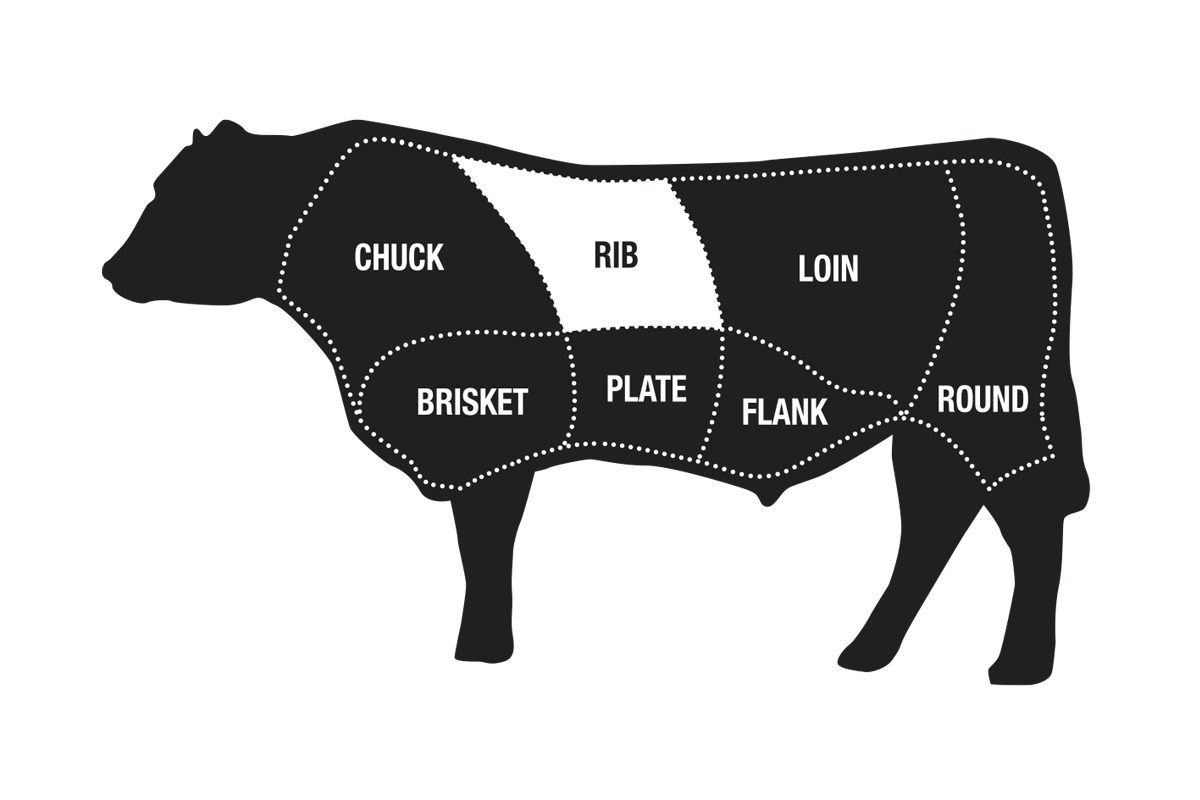Wagyu Dry-Aged Bone-In Ribeye
American Wagyu
The SRF Black® bone-in ribeye steak is the width of the rib bone, about 2" thick. The full flavor of American Wagyu beef is enhanced by dry-aging this ribeye for a minimum of 30 days. Average weight is 32 oz.
Humanely Raised Beef
Cut by Master Butchers
Proprietary Dry-Aged Process
Details
Cooking Tips
Beef Grading
Dry-aged ribeye evokes images of the dining room of a classic steakhouse. Turn your dining room into the best steakhouse in town with this deeply marbled rib steak that has been skillfully dry-aged for 30 or more days. This steak is cut thick with the bone still in place to please the most discriminating steak lover at your table. Each steak is hand-cut to a thickness of at least two inches.
Snake River Farms dry-aged beef represents a higher echelon for our American Wagyu steaks. To achieve these extraordinary results, we work with Prime Food Distributors and utilize their proprietary dry-aging process to control and measure each step. Lighting, airflow, humidity, temperature and cleanliness are carefully controlled to create an environment which produces the purest essence of beef. The outcome is a rich, full-flavored steak, which provides a unique, pure eating experience.
Average weight: 32 oz.
Snake River Farms beef grades start at USDA Prime, the top grade on the USDA scale. The majority of SRF beef is marbled well beyond this level. To grade SRF, we use the 12-point Japanese Beef Marbling Score (BMS), which measures marbling that exceeds the USDA scale.
SRF Silver® - BMS of 4 to 5. Marbling comparable to USDA Prime.
SRF Black® - BMS of 6 to 8. Significantly more marbling than USDA Prime.
SRF Gold® - BMS of 9 to 12. The highest marbling available from Snake River Farms.









